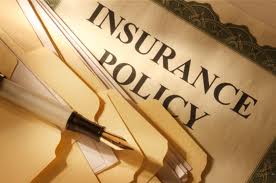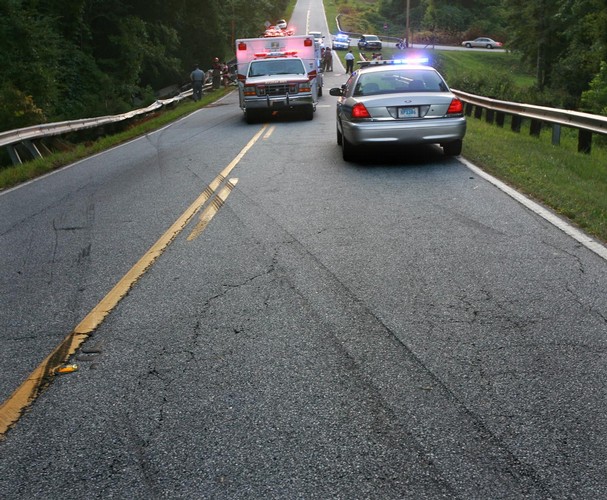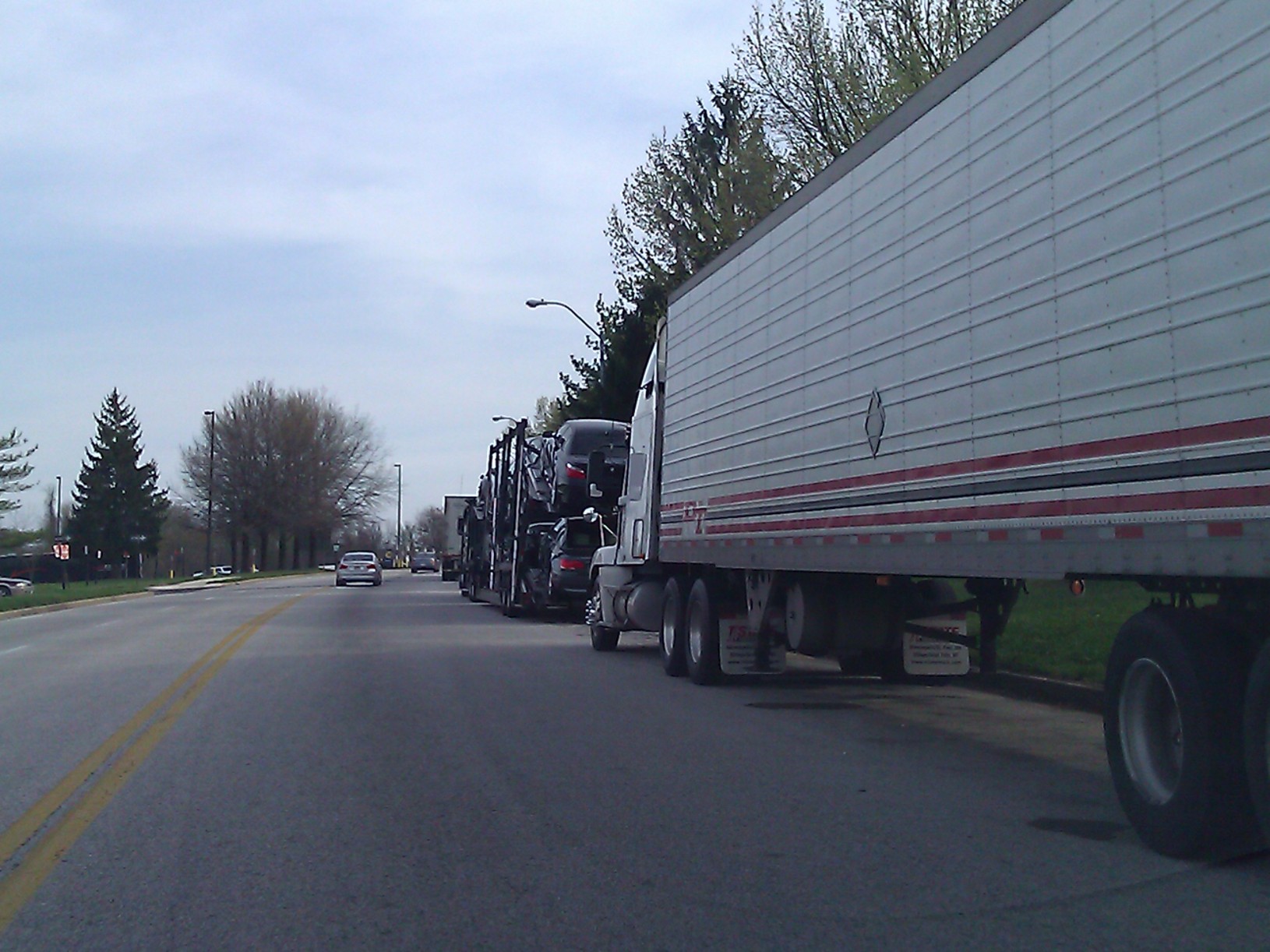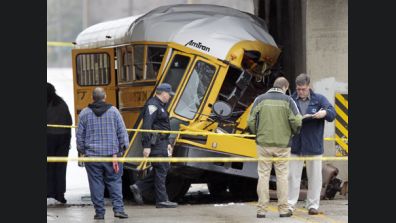What If The Negligent Driver Was Not The Car Owner?
 Insurance is complicated business, and many of our auto accident clients get a crash course in coverage only after the collision. One common question from people involved in Baltimore auto accidents is whether there is insurance coverage for their automobile accident. Sometimes, this is in context of a negligent driver who was not the owner of the vehicle. There are three typical situations:
Insurance is complicated business, and many of our auto accident clients get a crash course in coverage only after the collision. One common question from people involved in Baltimore auto accidents is whether there is insurance coverage for their automobile accident. Sometimes, this is in context of a negligent driver who was not the owner of the vehicle. There are three typical situations:
When the accident is caused by a non-owner, but the driver had permission of the owner to drive the car, the owner’s insurance will cover the accident and all injuries related to it. In that case, any lawsuit filed will be against the driver, but the insurance company will step up to defend the case. The lawsuit can also include the owner of the car if that owner knew or had reason to know that the driver was a dangerous driver. That is a very high bar, and requires a clear showing that the negligent driver had a history of accidents that the owner should have known about.
 Maryland Car Accident Lawyer Blog
Maryland Car Accident Lawyer Blog



 The scourge of distracted driving is so bad that I predict many attorneys will be adding to their lawsuits complaints against employers for failure to have policies, procedures and protocols to discourage distracted driving. First, a little bit about agency.
The scourge of distracted driving is so bad that I predict many attorneys will be adding to their lawsuits complaints against employers for failure to have policies, procedures and protocols to discourage distracted driving. First, a little bit about agency. The federal government has closed a loophole that was the cause of untold numbers of trucking accidents. Truck drivers who hauled material to and from oil drilling sites were limited to spending 14 hours of work before resting–the problem is that the former rule did not include time at the drilling site. So, truck drivers could spend 14 full hours on the road, and any amount of time on duty loading, unloading or performing truck maintenance at the site. Other duties could easily increase the time between significant rest periods to 15, 16 or 17 hours.
The federal government has closed a loophole that was the cause of untold numbers of trucking accidents. Truck drivers who hauled material to and from oil drilling sites were limited to spending 14 hours of work before resting–the problem is that the former rule did not include time at the drilling site. So, truck drivers could spend 14 full hours on the road, and any amount of time on duty loading, unloading or performing truck maintenance at the site. Other duties could easily increase the time between significant rest periods to 15, 16 or 17 hours.  The 1998 Court of Appeals decision in
The 1998 Court of Appeals decision in  We’ve all heard about
We’ve all heard about  U.S. Secretary Ray LaHood is continuing his crusade against cell phones and upping the ante, proposing a nationwide ban talking, texting and e-mailing while driving. His latest forum (see the
U.S. Secretary Ray LaHood is continuing his crusade against cell phones and upping the ante, proposing a nationwide ban talking, texting and e-mailing while driving. His latest forum (see the  Truck drivers are subject to a great deal of regulation, and rightly so. These are huge machines, and the smallest errors, whether because of driver fatigue, inadequate pre-trip inspections, or distracted driving, can cause life-altering destruction. There is always an incentive by truck companies to cut corners, cut costs, and improve their bottom line. The good trucking companies ignore those incentives, and play it safe. The bad ones skirt the federal and state regulations, and cause Maryland truck accidents.
Truck drivers are subject to a great deal of regulation, and rightly so. These are huge machines, and the smallest errors, whether because of driver fatigue, inadequate pre-trip inspections, or distracted driving, can cause life-altering destruction. There is always an incentive by truck companies to cut corners, cut costs, and improve their bottom line. The good trucking companies ignore those incentives, and play it safe. The bad ones skirt the federal and state regulations, and cause Maryland truck accidents.  The IndyStar reports in
The IndyStar reports in